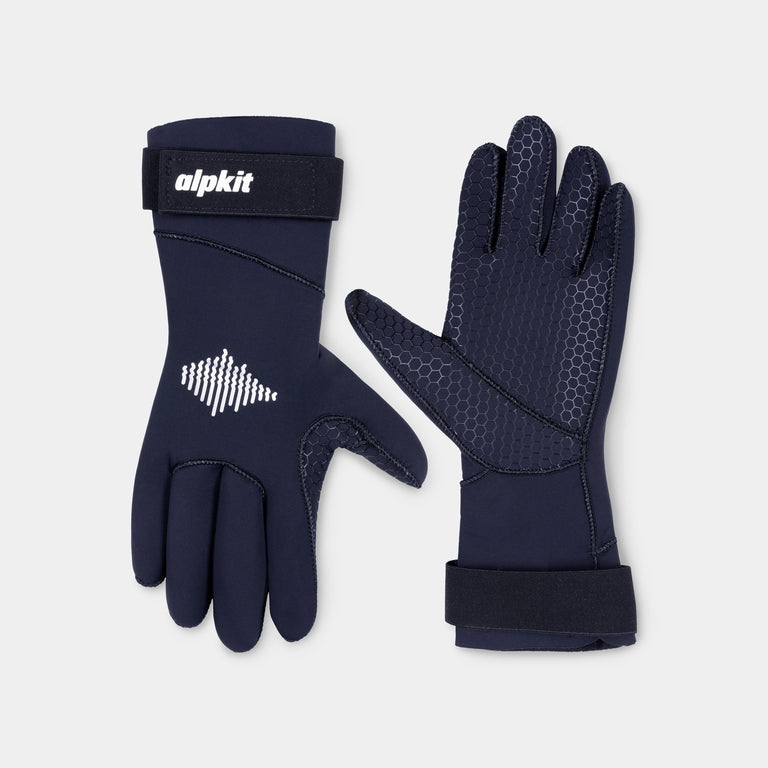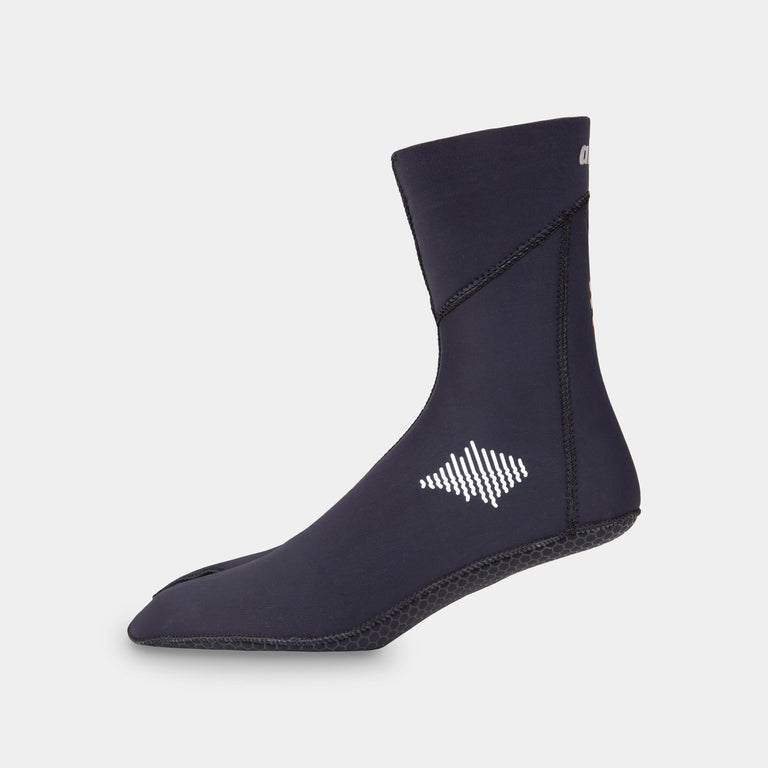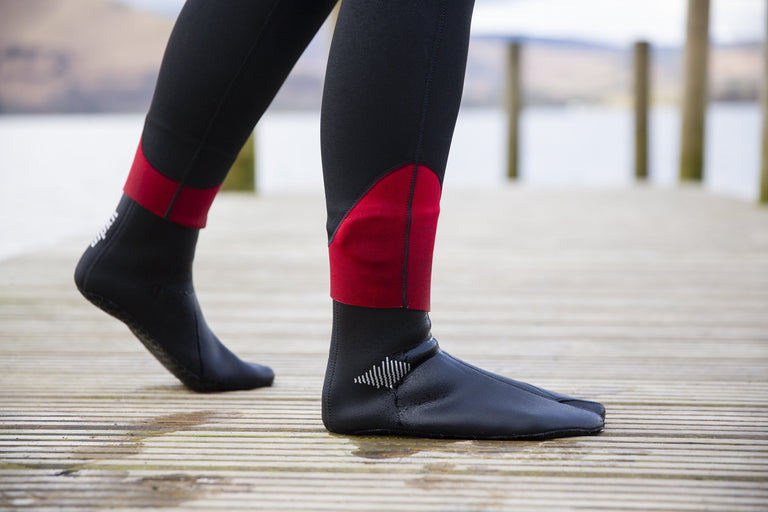
Pick the perfect paddleboard for your needs. Compare stability, glide and size to match your paddling style and water type.
This guide outlines the important factors to consider when buying an inflatable stand-up paddleboard. We focus on how the board's shape, volume, and size affect its handling and what accessories you will need to complete your setup. We will also consider the practicalities of owning a stand-up paddleboard, such as transport, storage, and maintenance.
How do you choose a stand-up paddleboard (SUP)
Paddleboarding is a new and exciting sport that is already spawning its own subgenres. It is a great time to get into it, and as always, another great excuse to talk kit.
And, just like every other branch of outdoor sports, there is a lot to talk about. We are going to try and keep this simple, and point you in the direction of a paddleboard that will suit the adventures you most want to live.
Don't worry if you do not know the answers yet. This article is intended to give you food for thought and arm you with the questions you need to ask yourself before rushing out to spend your hard-earned cash.
While you consider the options, you could also consider renting the different types of SUPs we mention to get a feel for what works best for you.
What do you want to do on your stand-up paddleboard?
Think about the kind of adventures you're after. Do you picture yourself cruising across serene lakes, floating down quiet rivers or riding the tides like a pro? Whatever you choose, there is a stand-up paddleboard for you.
A paddleboard is essentially a floating platform, a lightweight cut-down raft. To improve handling and stability, stand-up paddleboards have evolved distinct traits, making them more or less suitable for different types of use. The most visible difference in board type is shape.
Why are stand-up paddleboards different shapes?
Whether you want to prioritise directional speed, stability or turning responsiveness, your board needs to handle predictably in the water.
The underside of a paddleboard is called the hull. Its shape plays an important part in how the paddleboard handles in the water.
Two types of hull have been developed in response to the majority of paddlers' needs: a planing hull and a displacement hull. Several hybrid designs are also available for paddlers looking to combine the best attributes of each design.
Beginner paddlers can enjoy either hull shape, but there are differences that make them better for some activities than others. Because of this, it's wise to choose the hull type based on how you plan to use your board.
-
A long, thin and pointy board will be better for cutting through the water efficiently in a straight line, but at the expense of stability.
-
A wide, rounded board will be better for stability but less efficient in a straight line.
Planing Hull
A planing hull is the most stable and manoeuvrable. Wide and flat, it is designed to move across the surface of the water. These attributes make planing hulls suitable for general purpose paddling, yoga, surfing and also whitewater.
Displacement Hull
A displacement hull is distinguishable by its long, pointed shape. This streamlined shape lets it cut through the water, unlike the planing hull which sits on the water. Thanks to this shape it is much more efficient to paddle, something you will really appreciate on longer trips. This style of SUP is popular with river tourers and racers.
Choosing the most appropriate hull shape matters because your board is an extension of your body. You will feel the power transfer from your paddle, through your body, and through the board into motion.



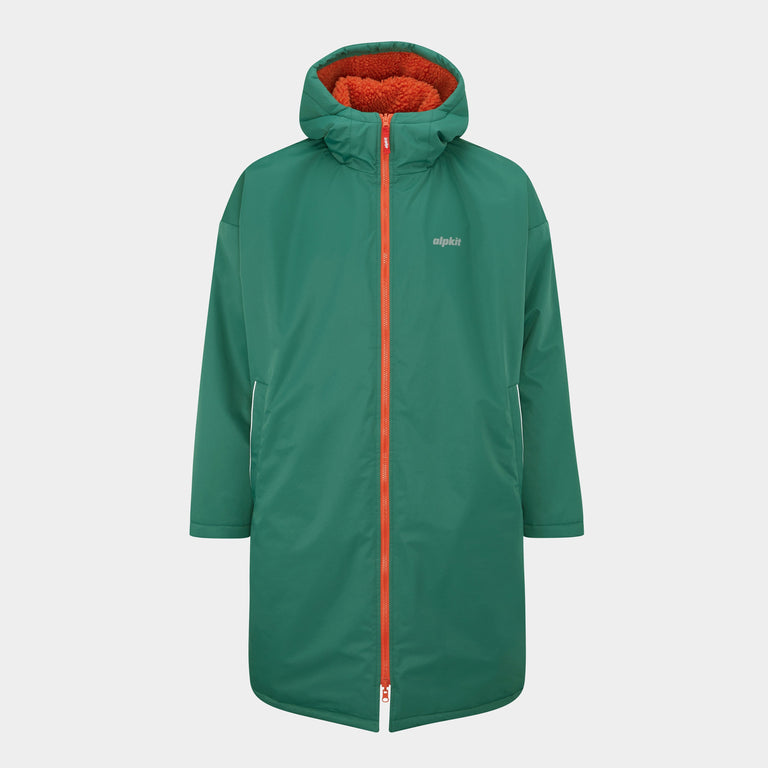

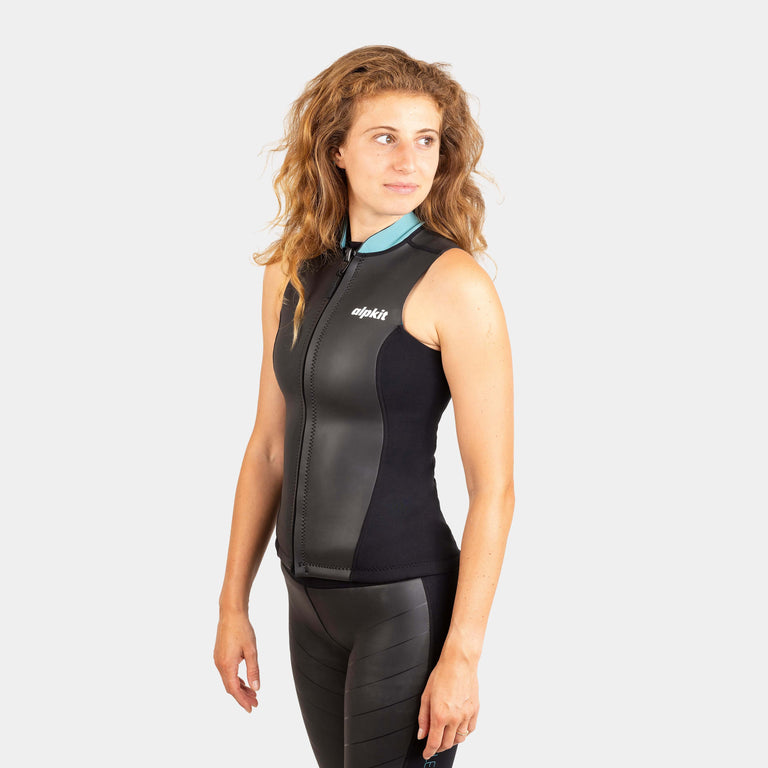
![Element Wetsuit Vest [Womens]](http://eu.alpkit.com/cdn/shop/products/element-womens-vest-shorts-ecom-1_1528bae7-f3c8-4428-8269-460923ac64da.jpg?v=1702894771&width=768)
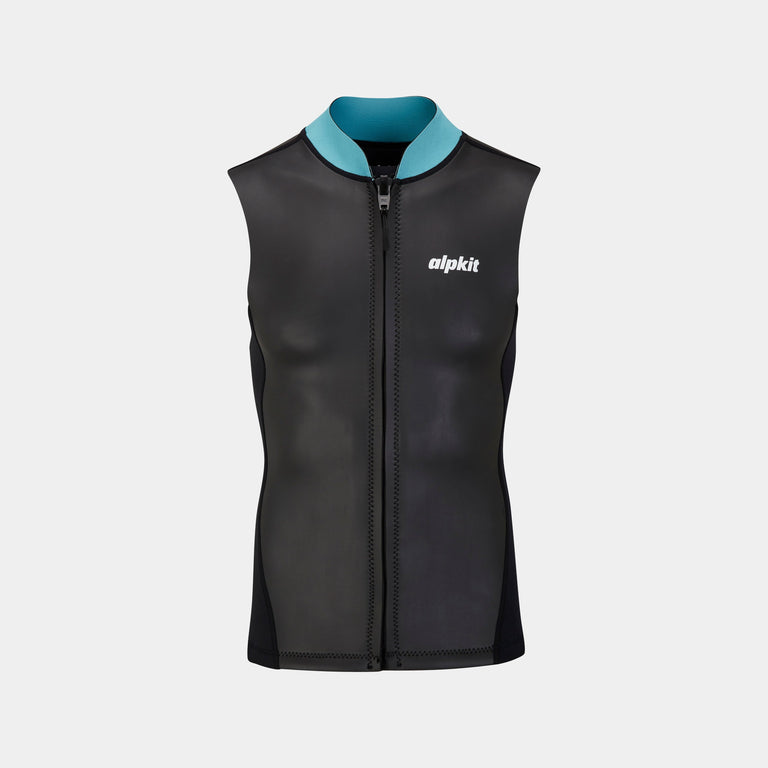
![Element Wetsuit Vest [Mens]](http://eu.alpkit.com/cdn/shop/products/element-mens-vest-shorts-ecom-2_bed513c4-b564-4446-856d-d889f90f885e.jpg?v=1702909396&width=768)

![Element Wetsuit Jacket [Womens]](http://eu.alpkit.com/cdn/shop/products/element-womens-jacket-pants-ecom-2.jpg?v=1702651976&width=768)
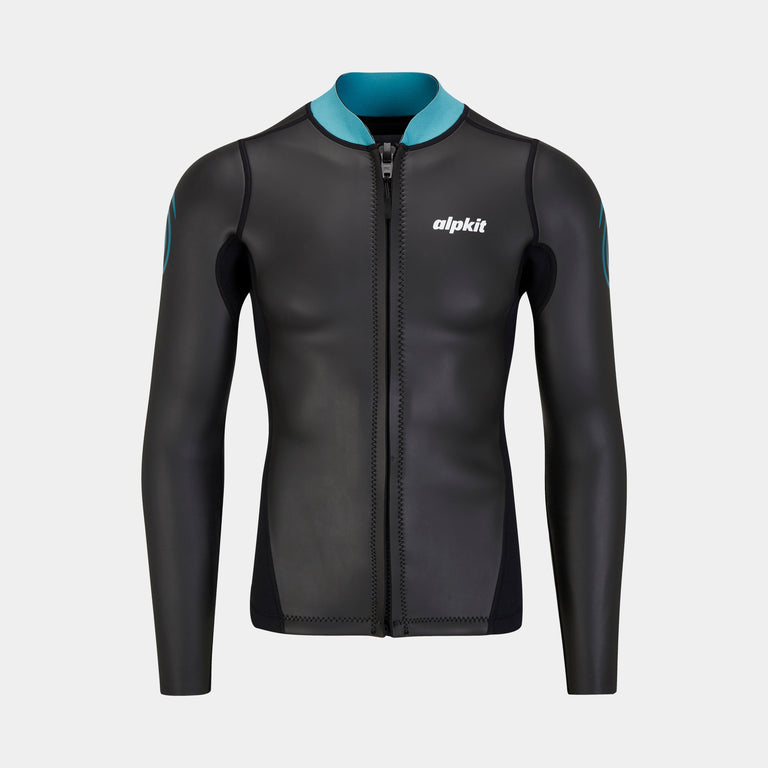
![Element Wetsuit Jacket [Mens]](http://eu.alpkit.com/cdn/shop/products/element-mens-jacket-pants-ecom-2_20228afb-4b26-41de-8747-726b26edded5.jpg?v=1699443321&width=768)
![Element Wetsuit Shorts [Womens]](http://eu.alpkit.com/cdn/shop/products/womens-element-shorts.jpg?v=1702654051&width=768)
![Element Wetsuit Shorts [Womens]](http://eu.alpkit.com/cdn/shop/products/element-womens-vest-shorts-ecom-1.jpg?v=1702654051&width=768)
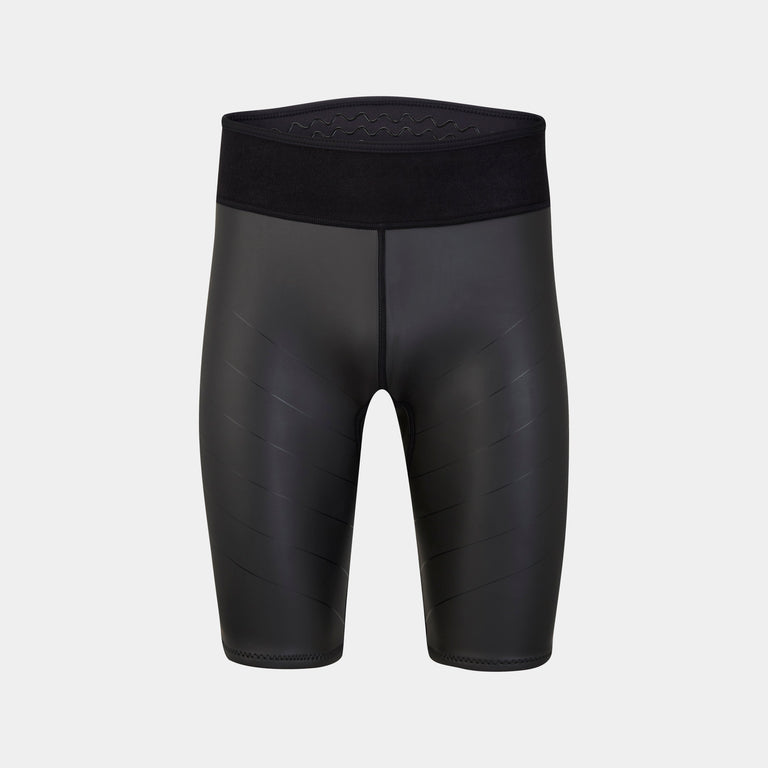
![Element Wetsuit Shorts [Mens]](http://eu.alpkit.com/cdn/shop/products/element-mens-vest-shorts-ecom-2.jpg?v=1702916294&width=768)
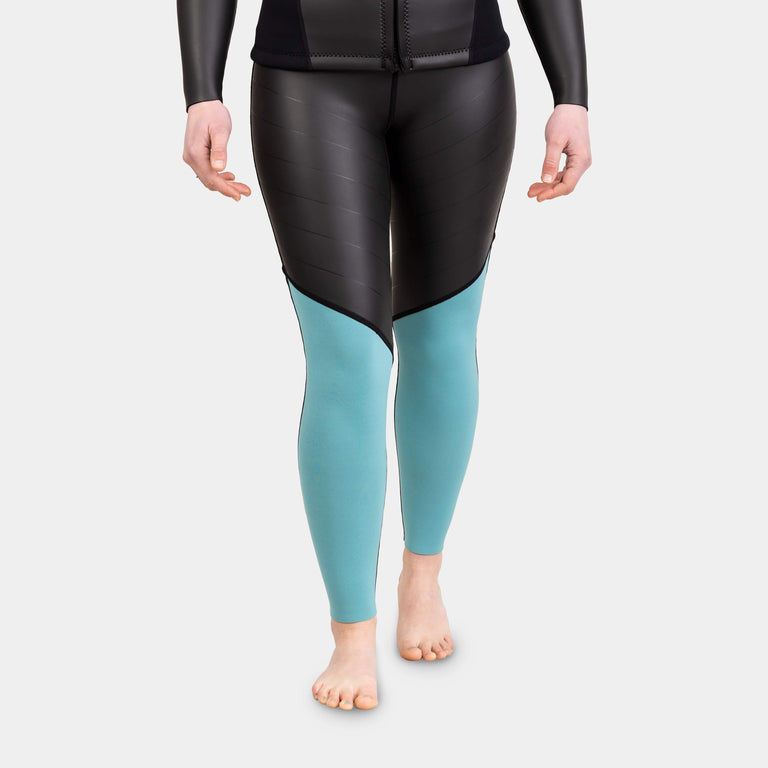
![Element Wetsuit Pants [Womens]](http://eu.alpkit.com/cdn/shop/products/element-womens-jacket-pants-ecom-2_255d3f4a-410d-4d32-a657-6d9bab5b0d2d.jpg?v=1702651971&width=768)
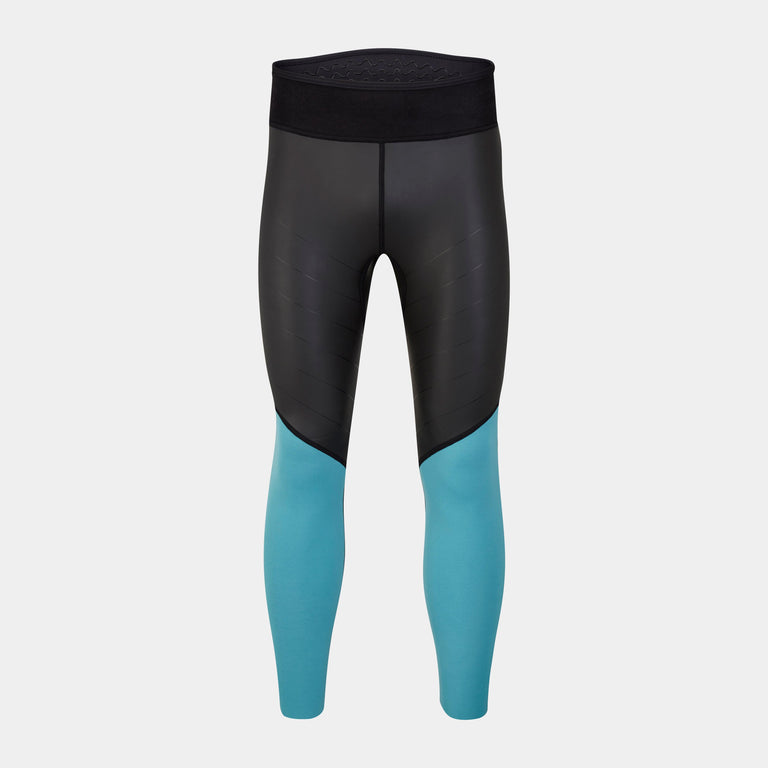
![Element Wetsuit Pants [Mens]](http://eu.alpkit.com/cdn/shop/products/element-mens-jacket-pants-ecom-2_c06af369-dc75-44f8-9ccb-f65f3737c4aa.jpg?v=1699443392&width=768)
